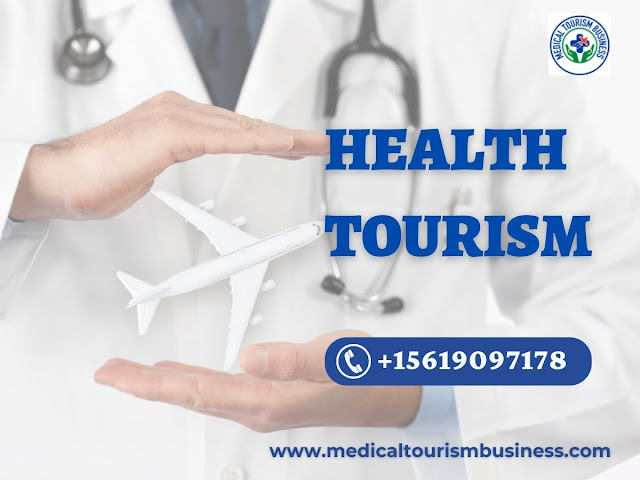Exploring Medical Tourism: Key Trends and Insights from Medical Tourism Statistics
Medical tourism, driven by millions seeking healthcare across borders each year, is a global phenomenon. This thriving industry is influenced by economic trends, technological advances, and access to high-quality healthcare services. In this article, we'll delve into medical tourism statistics and explore important aspects without using complex jargon.
Medical Tourism Statistics: The Economic Impact
Medical tourism makes a significant contribution to the global economy, with patients spending billions of dollars annually on treatments, accommodations, and travel expenses. Many destination countries rely on medical tourism as a substantial revenue source, boosting local economies and creating jobs in healthcare and hospitality. This economic impact is often measured by the industry's contribution to a country's GDP.
Popular Medical Tourism Destinations: A Look Through Statistics
Medical tourism destinations vary widely, with patients choosing countries based on factors like cost, quality of care, and travel convenience. Some of the most sought-after destinations, according to medical tourism statistics, are in Asia, Latin America, and Eastern Europe. Each region offers unique advantages, such as state-of-the-art facilities, internationally trained doctors, and affordable pricing. The popularity of these destinations is reflected in the percentage of global medical tourists they attract.
In-Demand Medical Treatments: Insights from Statistics
The types of medical treatments sought by medical tourists vary, with certain procedures being more popular than others. According to medical tourism statistics, commonly sought treatments include cosmetic surgery, dental procedures, orthopedic surgeries, and fertility treatments. Demand for specific treatments can be measured by the percentage of medical tourists seeking each procedure.
Demographic Insights: A Look at Medical Tourism Statistics
Medical tourism attracts a diverse range of patients, with medical tourism statistics reflecting factors like age, gender, and socioeconomic status. The industry has seen a steady increase in patients from both developed and developing countries, as indicated by medical tourism statistics. This growth is due to factors such as rising healthcare costs, extended waiting times, and increased awareness of treatment options abroad.
Technology's Impact: Medical Tourism Statistics
Technology plays a significant role in shaping the medical tourism industry. Medical tourism statistics indicate that innovations in telemedicine, electronic health records, and medical devices have improved the quality of care available to international patients. Consequently, the percentage of medical tourists opting for technologically advanced treatments and procedures has been on the rise, as seen in medical tourism statistics.
Patient Satisfaction Rates: A Statistic That Matters
Patient satisfaction is a crucial measure of success in the medical tourism industry. High satisfaction rates lead to positive word-of-mouth referrals and increased demand for services. According to medical tourism statistics, the majority of medical tourists report satisfaction with their experience, particularly regarding the quality of care, cost savings, and overall convenience.
Challenges and Opportunities in Medical Tourism: A Data-Driven Perspective
Despite its growth, the medical tourism industry faces challenges related to patient safety, ethics, and regulations, as revealed by medical tourism statistics. However, these challenges also present opportunities for improvement. By addressing these concerns and maintaining high-quality standards, the industry can thrive and continue to attract patients seeking healthcare abroad.
Conclusion: Navigating the Future with Medical Tourism Statistics
Medical tourism statistics provide valuable insights into the trends, challenges, and opportunities that define this dynamic industry. By understanding these statistics, stakeholders can make informed decisions and develop strategies to enhance the quality of services and patient satisfaction. As medical tourism, as revealed by statistics, continues to grow, it will play an increasingly significant role in the global healthcare landscape, offering patients more choices and opportunities for quality care.




Comments
Post a Comment